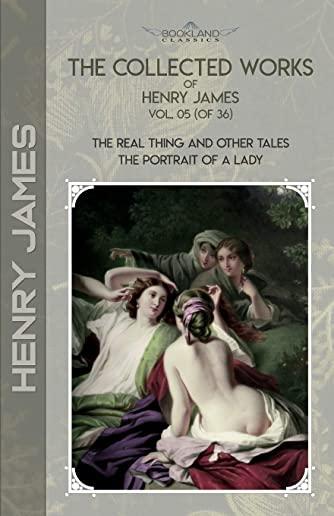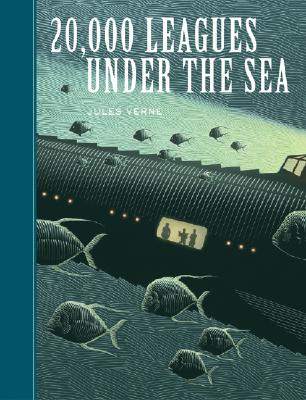
James, Henry
"The Real Thing" is a short story by Henry James, first syndicated by S. S. McClure in multiple American newspapers and then published in the British publication Black and White in April 1892 and the following year as the title story in the collection, The Real Thing and Other Stories published by Macmillan. This story, often read as a parable, plays with the reality-illusion dichotomy that fascinated James, especially in the later stages of his career. For the illustrator who narrates the story, the genuine article proves all too useless for his commercial purposes. The story portrays the unfortunate victims of a society in which reality and representation are closely intertwined in ways that make art a difficult project to disentangle the two.
The narrator, an unnamed illustrator and aspiring painter, hires a faded genteel couple, the Monarchs, as models, after they have lost most of their money and must find some line of work. They are the "real thing" in that they perfectly represent the aristocratic type, but they prove inflexible for the painter's work. He comes to rely much more on two lower-class subjects who are nevertheless more capable: Oronte, an Italian, and Miss Churm, a lower-class Englishwoman.
The Portrait of a Lady is a novel by Henry James, first published as a serial in The Atlantic Monthly and Macmillan's Magazine in 1880-81 and then as a book in 1881. It is one of James's most popular long novels and is regarded by critics as one of his finest.
The Portrait of a Lady is the story of a spirited young American woman, Isabel Archer, who, "confronting her destiny", finds it overwhelming. She inherits a large amount of money and subsequently becomes the victim of Machiavellian scheming by two American expatriates. Like many of James's novels, it is set in Europe, mostly England and Italy. Generally regarded as the masterpiece of James's early period, this novel reflects James's continuing interest in the differences between the New World and the Old, often to the detriment of the former. It also treats in a profound way the themes of personal freedom, responsibility, and betrayal.
Isabel Archer, from Albany, New York, is invited by her maternal aunt, Lydia Touchett, to visit Lydia's rich husband, Daniel, at his estate near London, following the death of Isabel's father. There, Isabel meets her uncle, her friendly invalid cousin Ralph Touchett, and the Touchetts' robust neighbor, Lord Warburton.
Isabel later declines Warburton's sudden proposal of marriage. She also rejects the hand of Caspar Goodwood, the charismatic son and heir of a wealthy Boston mill owner. Although Isabel is drawn to Caspar, her commitment to her independence precludes such a marriage, which she feels would demand the sacrifice of her freedom.
The elder Touchett grows ill and, at the request of his son, Ralph, leaves much of his estate to Isabel upon his death. With her large legacy, Isabel travels the Continent and meets an American expatriate, Gilbert Osmond, in Florence. Although Isabel had previously rejected both Warburton and Goodwood, she accepts Osmond's proposal of marriage, unaware that it has been actively promoted by the accomplished but untrustworthy Madame Merle, another American expatriate, whom Isabel had met at the Touchetts' estate.
member goods
listens & views

FRIENDS & FRIENDS OF FRIENDS ...
by FRIENDS AND FRIENDS OF FRIENDS 5 / VARIOUS
COMPACT DISCout of stock
$12.99

HENRYK MIKOLAJ GORECKI & MIKOLAJ ...
by GORECKI / SILESIAN PHILHARMONIC SYMPHONY ORCHESTRA
COMPACT DISC$19.99





